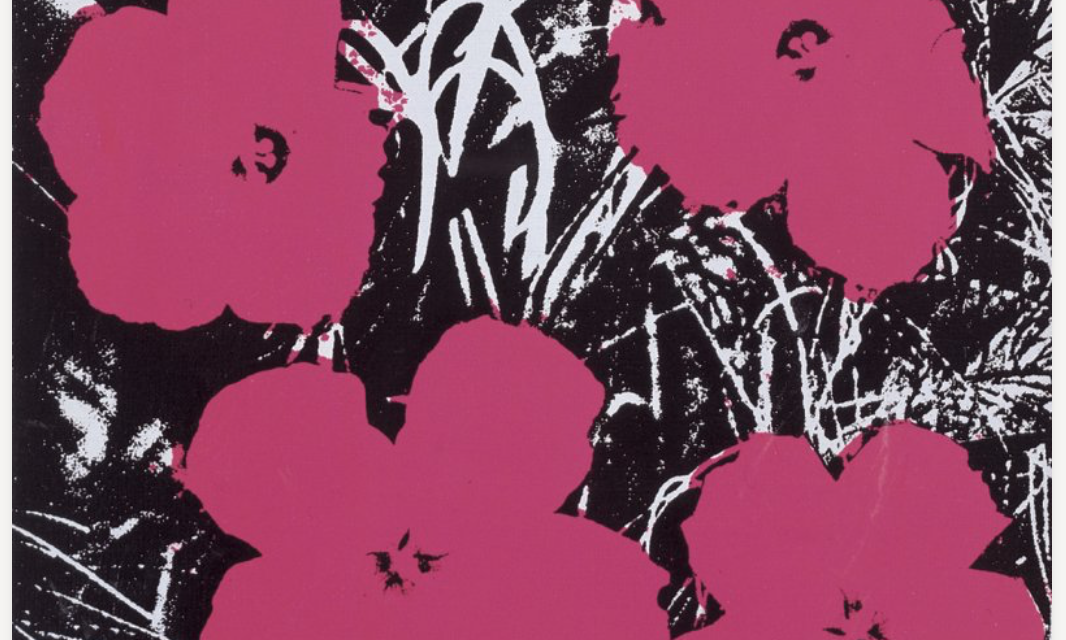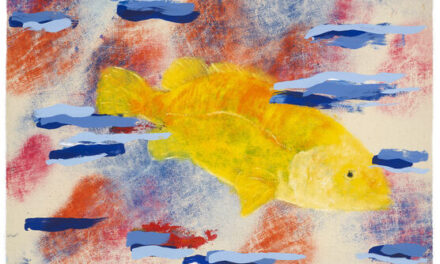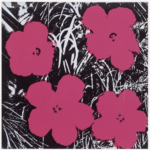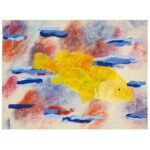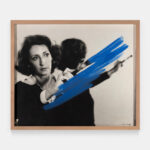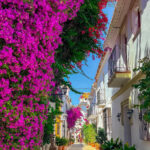The Museo Nacional Thyssen-Bornemisza presents Warhol, Pollock y otros espacios americanos daring to ask a provocative question: What if Abstract Expressionism and Pop Art were closer than we thought?
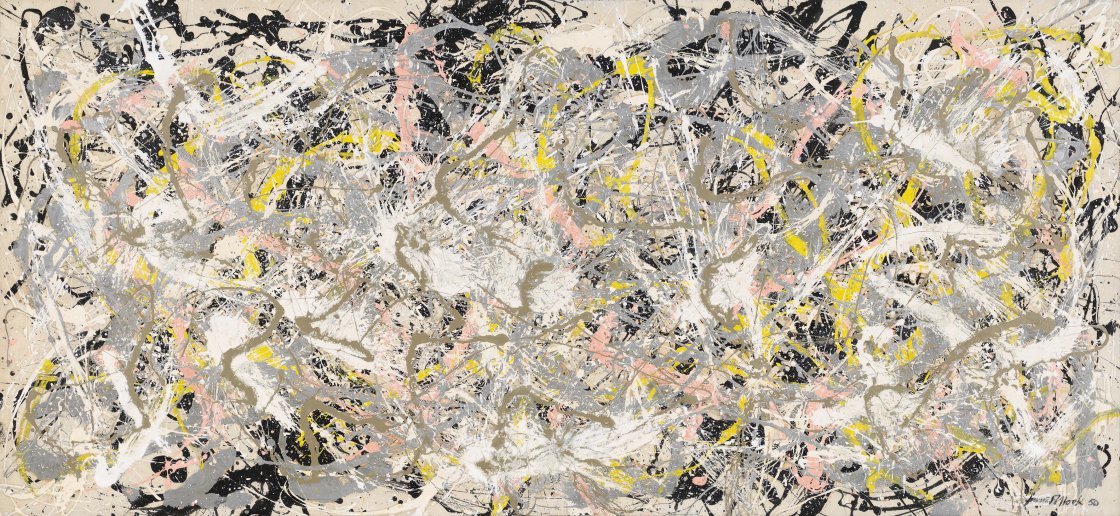
Jackson Pollock Number 27, 1950. Whiney Museum of American Art
Breaking the Canon
For decades, art history has positioned Jackson Pollock (1912-1956) and Andy Warhol (1928-1987) as polar opposites—the tormented abstract genius versus the cool, detached chronicler of consumer culture. This exhibition, curated by art historian Estrella de Diego, dismantles that binary with over 100 works from approximately 30 institutions across North America and Europe, many never before seen in Spain.
The show reveals that Pollock was never purely abstract, and Warhol was far more than “the blonde ditz” persona he cultivated—he was, in Guillermo Solana’s words, “a deeply cultured and complex person.”
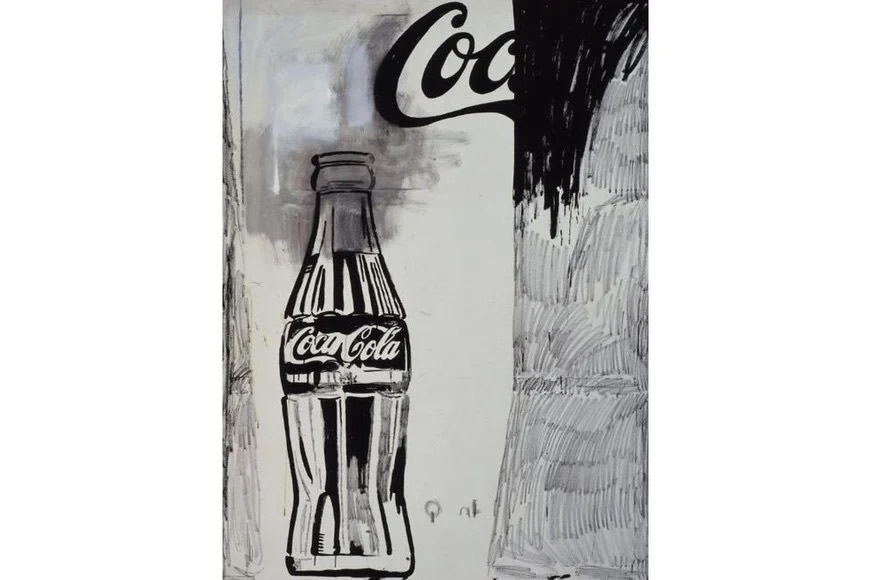
Andy Warhol Coca-Cola 2, 1961. © The Andy Warhol Museum
What makes this exhibition genuinely revolutionary is its refusal to accept the traditional narrative. Instead of seeing a clean break between the gestural intensity of Abstract Expressionism and the cool irony of Pop Art, Warhol, Pollock y otros espacios americanos reveals continuities, conversations, and shared preoccupations.
Both artists used repetition and seriality. Both employed strategies of concealment and camouflage. Both created somewhat autobiographical projects that allowed them to interpret their worlds. Pollock’s abstractions harbor figurative traces; Warhol’s figurations rupture traditional space.
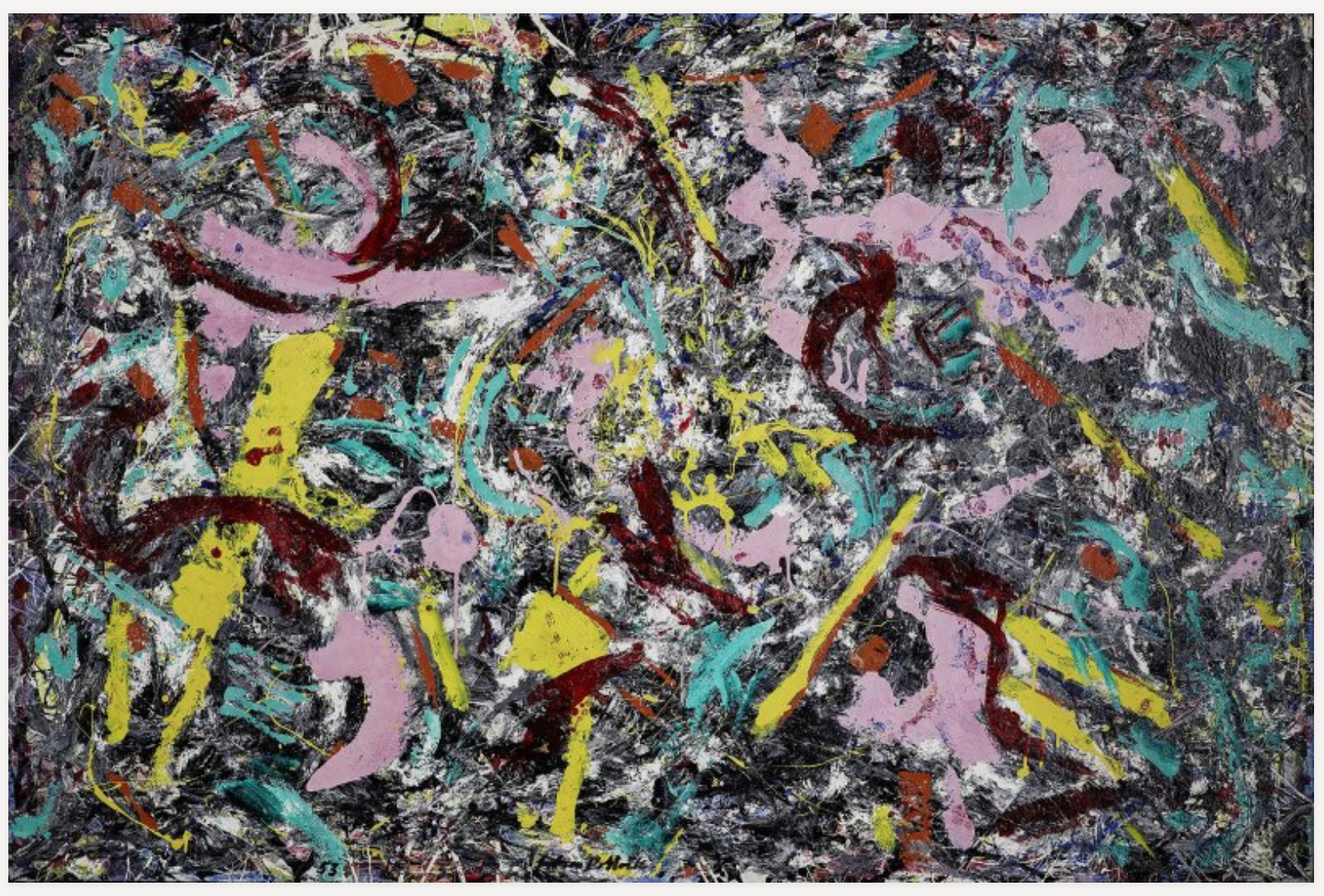
Jackson Pollock Unformed Figure, 1953. Museum Ludwig, Colonia.
The Fascination
Warhol’s obsession with Pollock is well documented. He desperately wanted to own a Pollock painting for his extensive art collection. More poignantly, there’s a profound connection between Warhol’s famous car crash series and the tragic automobile accident that killed Pollock in August 1956. This personal fascination becomes a lens through which the exhibition examines how Warhol looked at Pollock, absorbed his innovations, and transformed them.
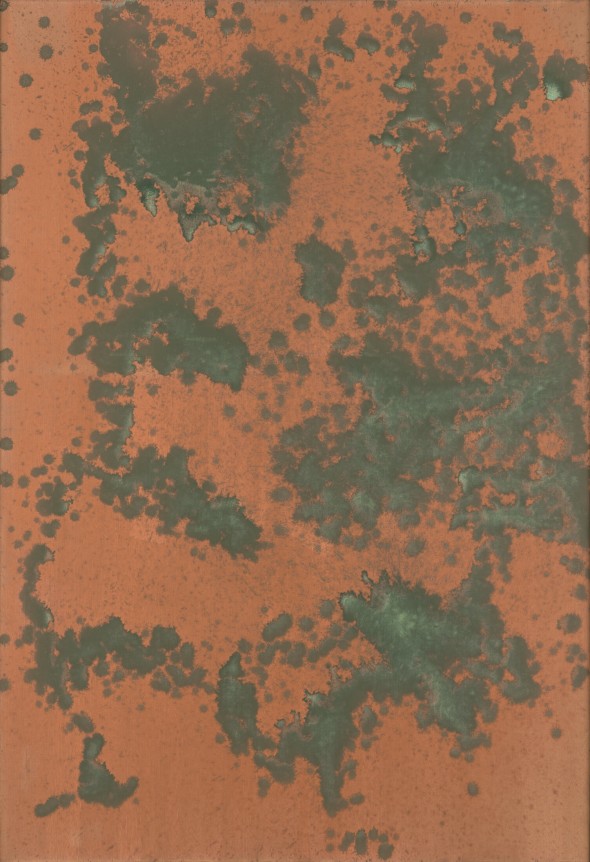
Andy Warhol, Oxidation 1977-1978
The Exhibition Journey
The show unfolds across six thematic galleries on the museum’s ground floor:
Opening Contrasts: Early figurative works by Pollock and Lee Krasner are juxtaposed with two of Warhol’s 1960s Coca-Cola bottles, establishing the tension between figure and ground that will resonate throughout the exhibition.
Traces and Vestiges: Artists including Audrey Flack, Marisol Escobar, and Robert Rauschenberg fragment images and construct spaces where figuration becomes distorted and camouflaged.
Repetitions and Fragments: Warhol’s seriality takes center stage with his Flowers, Skulls, Electric Chairs, and the celebrated car crash paintings, including Orange Car Crash (1962) and White Disaster I (1963).
Spaces Without Horizons: Eight of Warhol’s oxidation paintings dialogue with two pieces by Helen Frankenthaler, connecting to Pollock’s late works.
Space as Metaphysics: The exhibition culminates with Warhol’s Shadows series (1978-79) confronting Mark Rothko’s Untitled (Green on Purple) (1961) in a space marked by absence and the dematerialization of the figure.
Masterworks on Display
Among the exhibition’s highlights are iconic loans from the Thyssen’s own collection, including Pollock’s Brown and Silver I (c. 1951), which features an unusual integrated screw stretcher; Rauschenberg’s Express; and Rothko’s Untitled (Green on Maroon). These are joined by works from Lee Krasner, Helen Frankenthaler, Sol LeWitt, Cy Twombly, Perle Fine, and Hedda Sterne.
The scale of the paintings in the exhibition speaks to a shared generational fascination with monumentality and spatial ambition.
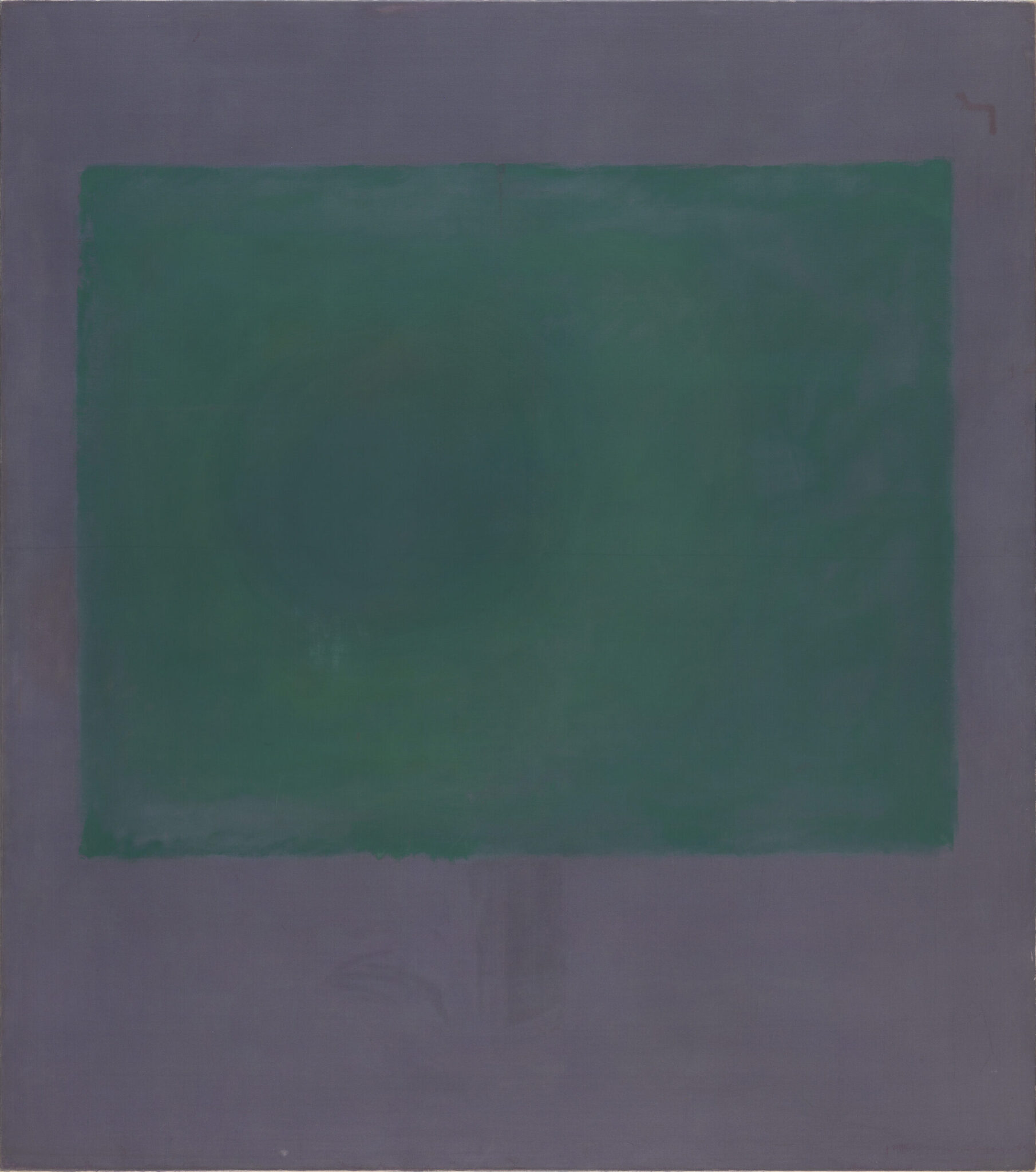
ROTHKO, Untitled (Green on Maroon) 1961. Museo Nacional Thyssen-Bornemisza.
Visitor Information
When: October 21, 2025 – January 25, 2026
Where: Museo Nacional Thyssen-Bornemisza, ground floor
Hours: Tuesday-Sunday, 10:00-19:00; Saturdays until 23:00
Special: Free Saturday evening visits (21:00-23:00) as part of “Noches Thyssen” program
The exhibition is accompanied by a comprehensive catalog, supported by the Pollock-Krasner Foundation, featuring texts by curator Estrella de Diego and Patrick Moore (former director of The Warhol Museum).

